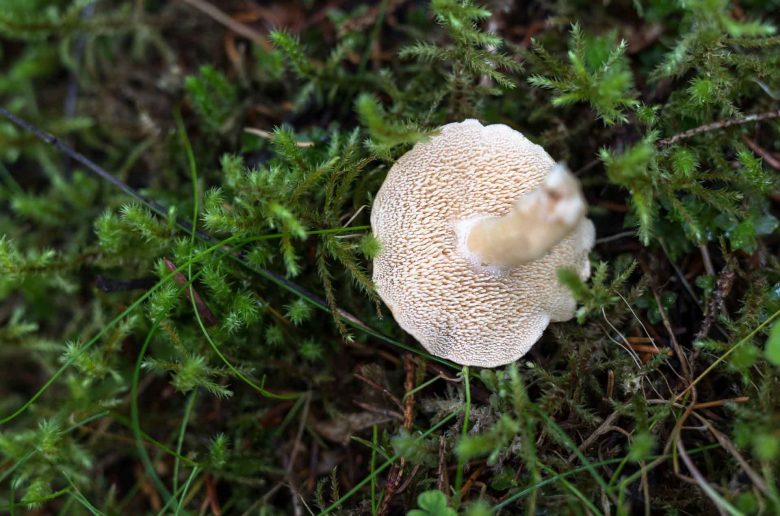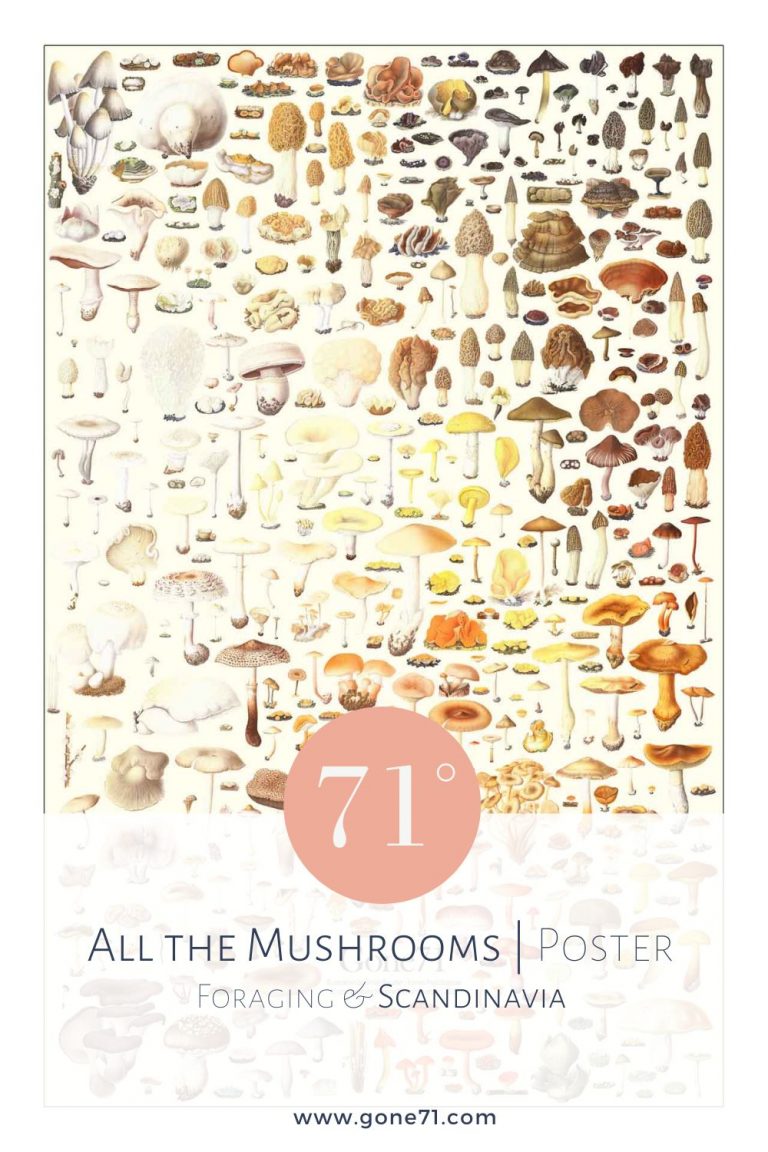Finnish: Simaorakas
Swedish: –
Norwegian: –
German: Genabelter Semmelstoppelpilz
Scientific Syn.: Dentinum umbilicatum
cap: 4 – 20 cm, depression in middle
months: June – November
colours: yellowish-white stem, light yellow cap
characteristic: white parts turn yellow uppon pressure, spines instead of gills, depression in middle of cap
habitat: mixed forest
taste: mild, slightly bitter in older specimen
smell: pleasant, fruity

Description
This variation of the common hedgehog mushroom (Hydnum repandum) is characterized by a slight depression in the middle of the cap. It is also far less common.
Mixed forests are the preferred habitat. Its reputation as a not very desirable edible mushroom is largely due to its somewhat idiosyncratic appearance. Its spiny underside can be a bit irritating for the aesthetic sense. We usually associate edible mushrooms with lamellae or pores – spines are difficult to reconcile with this classification.
A certain visual resemblance to chanterelles that can appear at first glance can also be found on the culinary level. Both the smell and the slightly peppery taste offer certain similarities. When cooked, the hedgehog mushroom has a milder taste and, in our opinion, can be used in a variety of ways. Its firm consistency makes it the ideal protagonist for various dishes.
Lookalikes
Hedgehog mushrooms are one of the few mushrooms that do not have any poisonous doppelgangers. They are easy to identify, making them great for inexperienced mushroom pickers. Often it is confused with other varieties such as the white hedgehog mushroom (Hydnum repandum var. Albidum) or the depressed hedgehog (Hydnum umbilicatum). But since all of these species are edible, there is no danger here.
Notes
Notes for cooking: see Hedgehog mushroom (Hydnum repandum)
We have compiled this overview with the best of knowledge and belief, but do not claim to be complete and reserve the right to make errors.
Learn more about poisonous mushrooms and mushroom poisons here
↓↓↓


